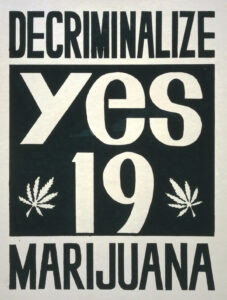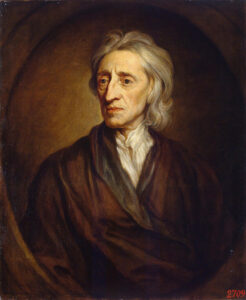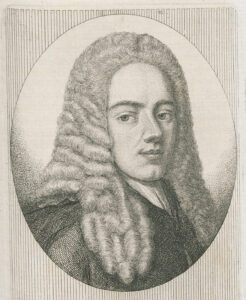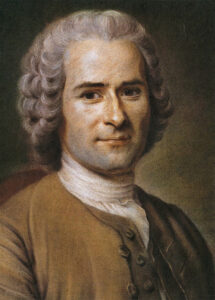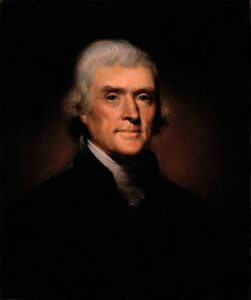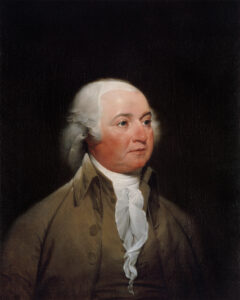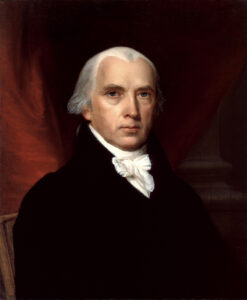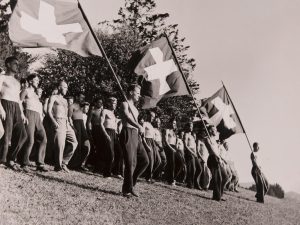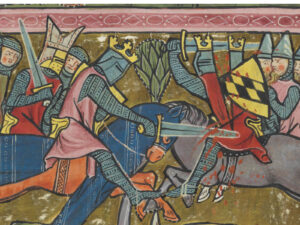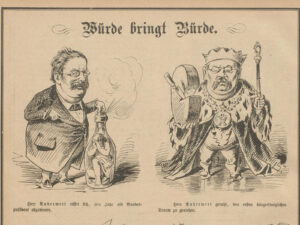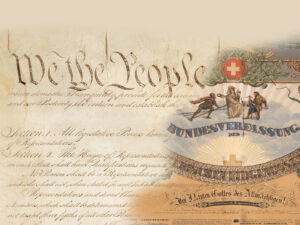
Switzerland and the USA: sister republics
At first glance, the USA and Switzerland seem like two very different countries. But a look back at their shared history springs a few surprises. It shows how closely the political systems of the two nations are related to one another.
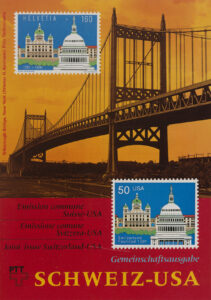
Scepticism towards Rousseau’s sovereignty of the people
The American Revolution as the fruit of the Swiss Enlightenment
We hold these truths to be self-evident, that all men are created equal, that they are endowed by their Creator with certain unalienable Rights, that among these are Life, Liberty and the pursuit of Happiness.
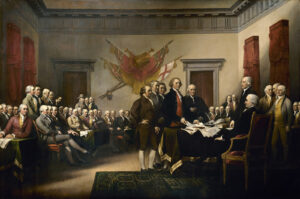
The American Revolution as impetus for the French and Helvetic Revolutions

The US Constitution as a model for Switzerland’s Federal Constitution
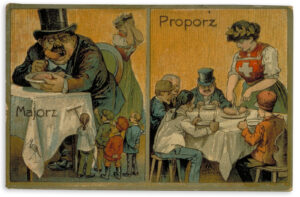
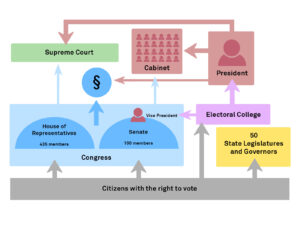
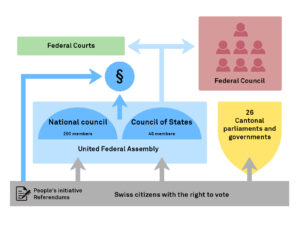
The Populist Movement calls for a direct democracy as in Switzerland
